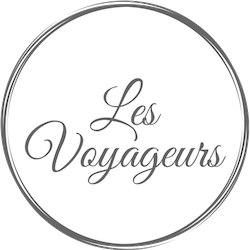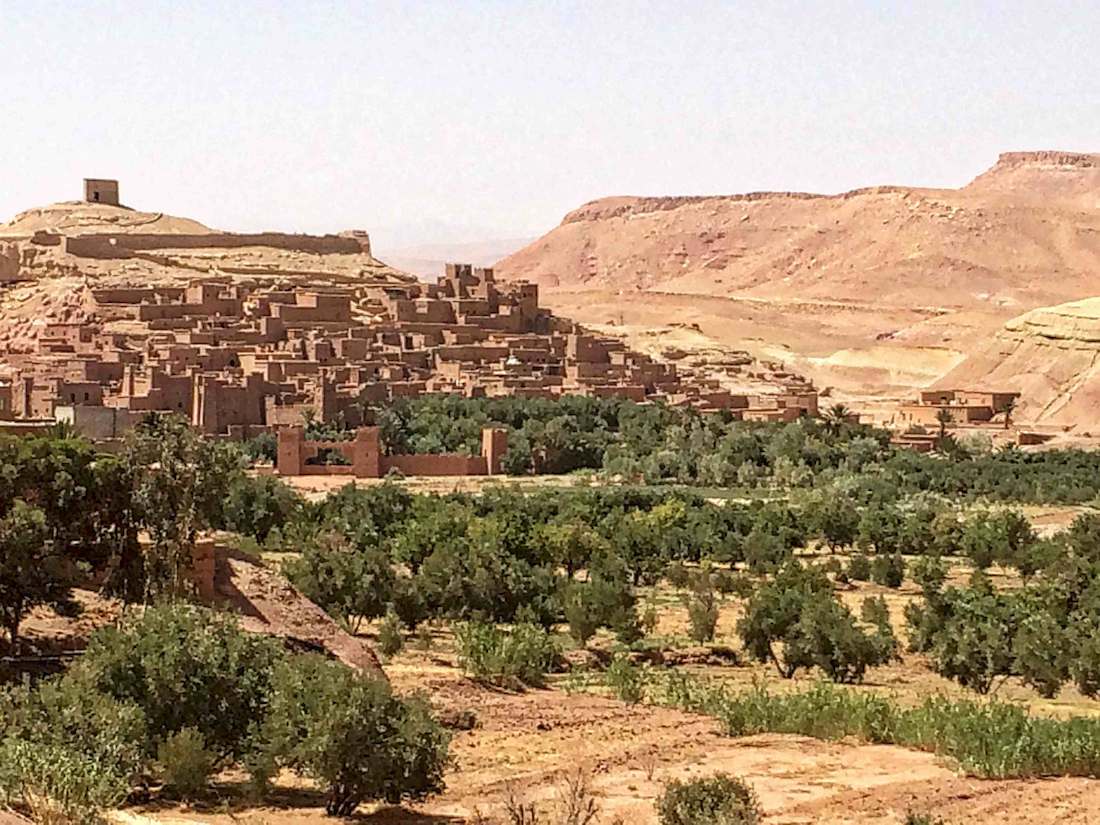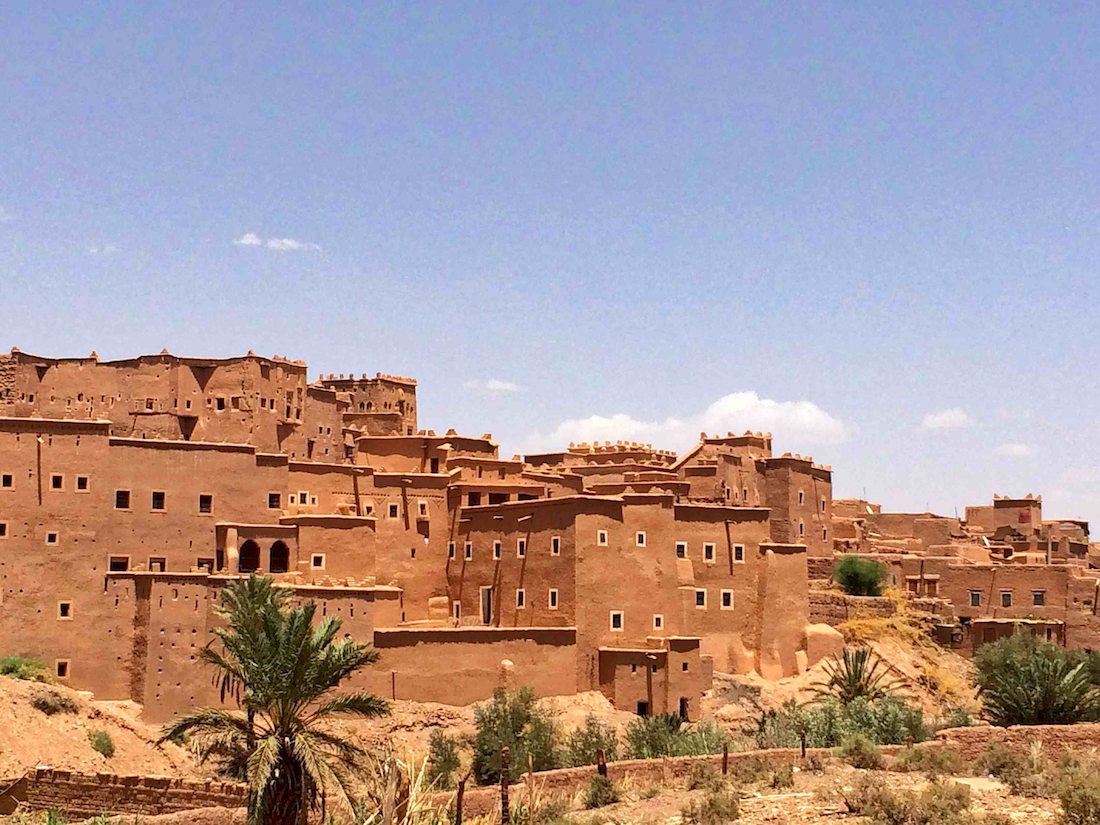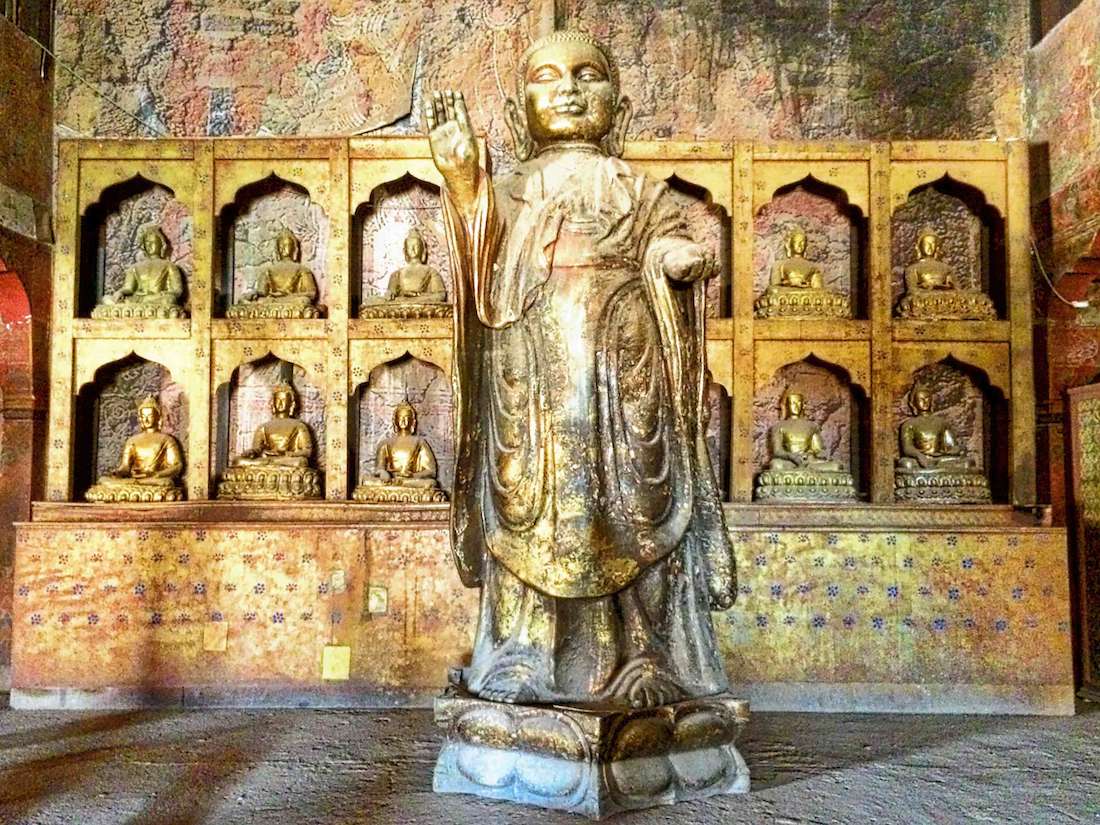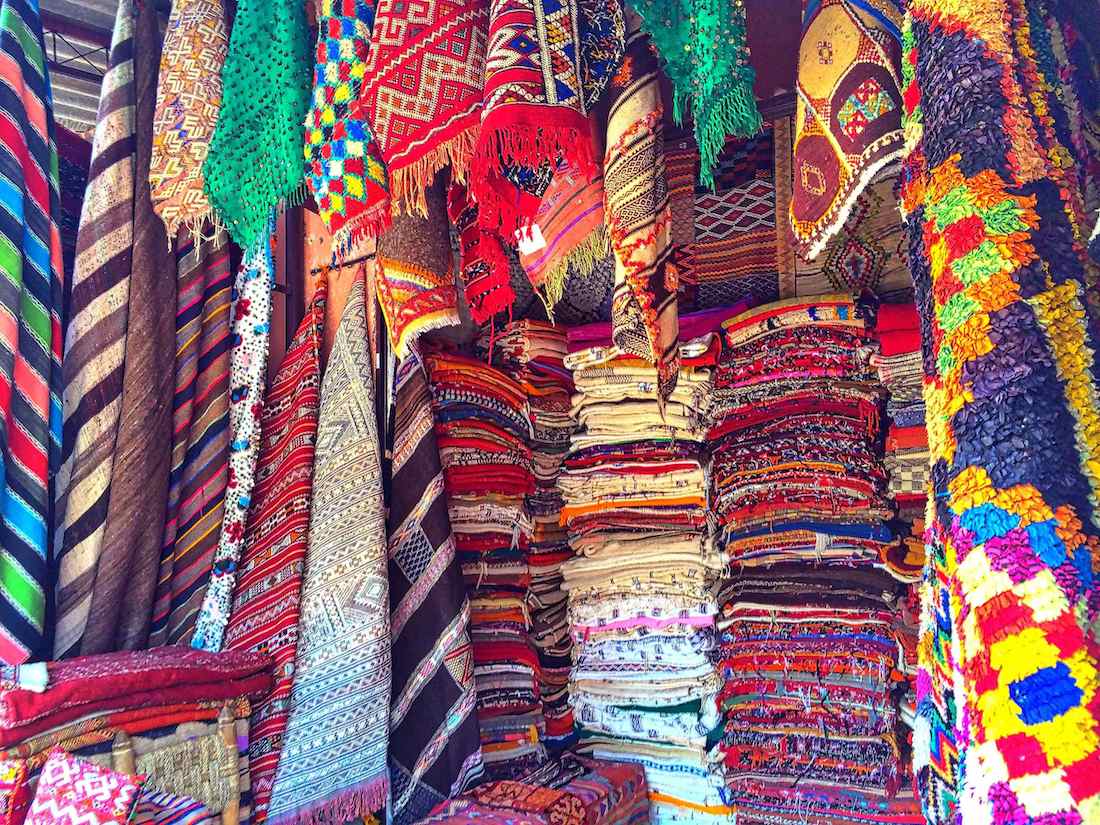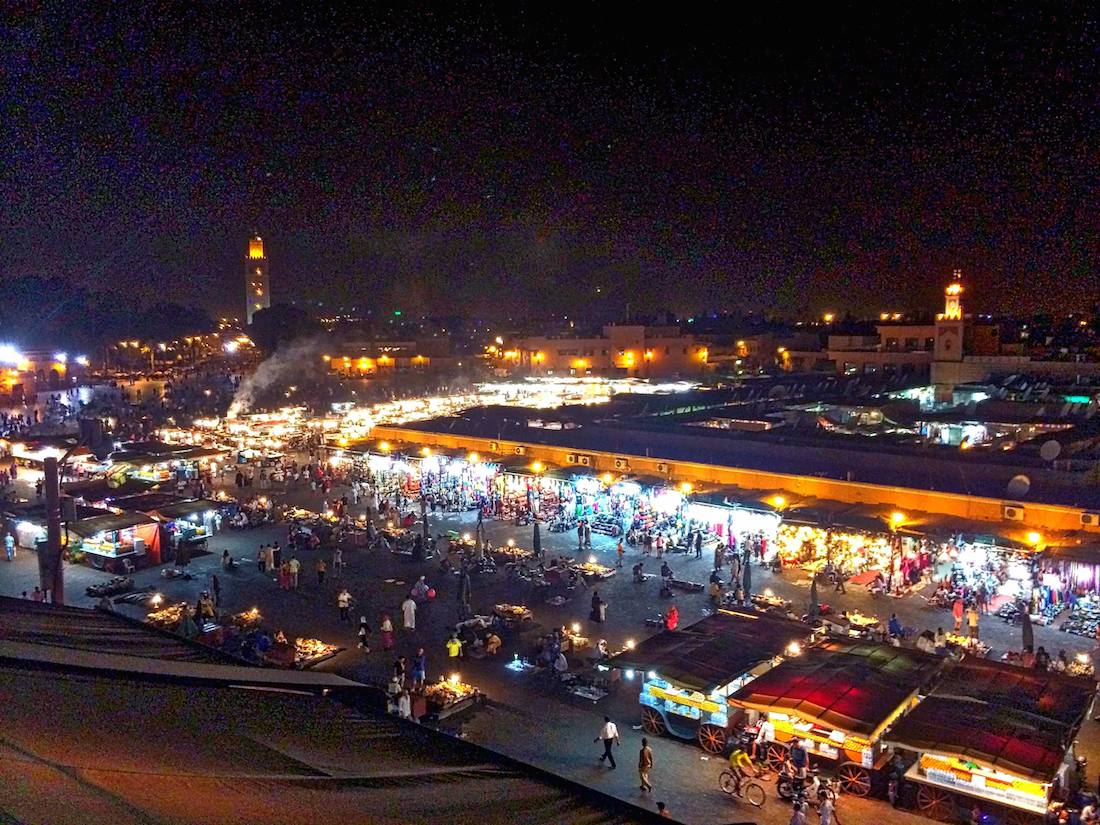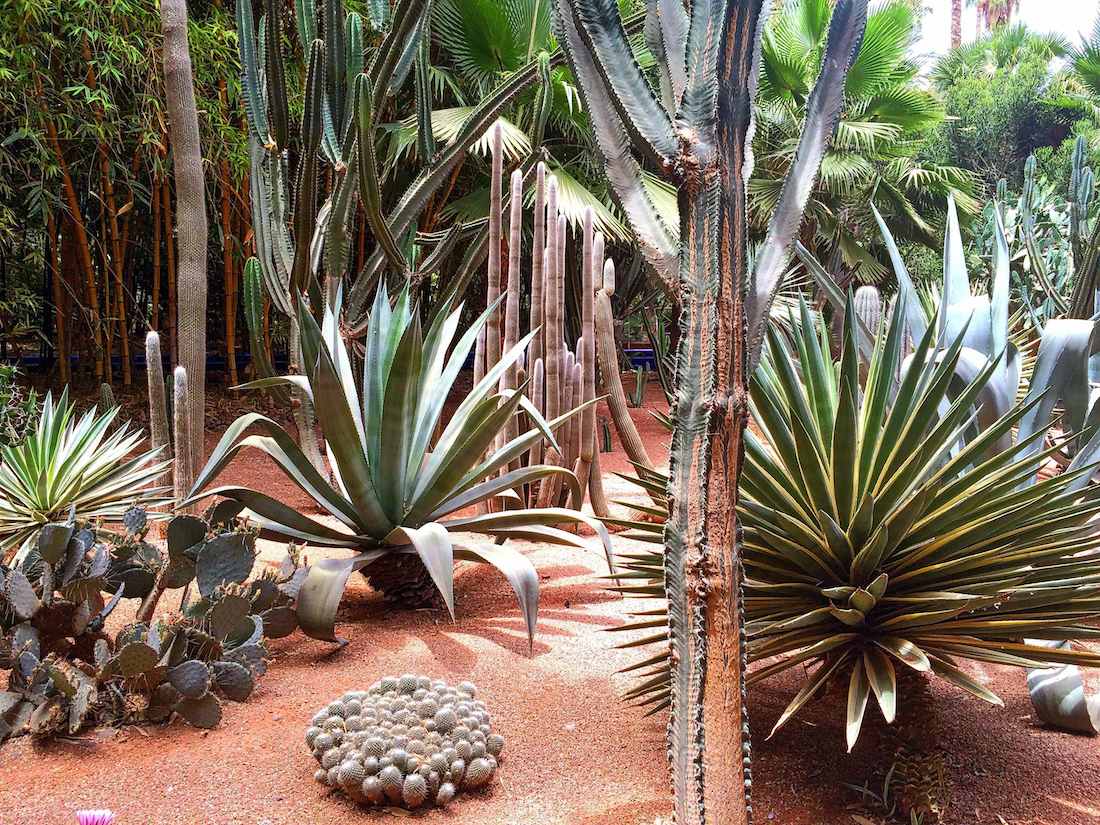As I mentioned in earlier posts, we visited Morocco during Ramadan. The experience was still incredible but next time I would plan my trip around Ramadan which was in the middle of summer this year. Apart from contending with almost forty degree (celsius) heat, we found some of the more popular restaurants, souks and shops had closed for the month only to return in early September. Our hotel, the BAB Hotel was very quiet as was most of the Gueliz district – the new district outside of The Medina. Souk Cherifia was closed for renovation, Terrasse des Epices was not open and popular boutiques like KIS Boutique (Keep It A Secret), Lalla and Heritage Berbere were also closed.
The souks of the Medina are not for the faint hearted. It can be overwhelming with all the noise, colour, choice, number of people and the constant touts looking for your business. I happen to love markets and was up for the challenge but found it daunting the first time I visited. I would recommend, you spent the first visit just familiarising yourself with the atmosphere – take in the sites, sounds and get a feel for the prices. Stall holders are very persuasive and as soon as you open up a dialogue or catch their eye, you’ll find yourself haggling over prices before you know it. It is difficult to navigate (even with a map) and we found the most effective way to find restaurants or specific boutiques was to save the location on Google Map before we set out into the Medina, then use the GPS to get around. Some locals were super helpful and took us to the place we were looking for – others were more interested in taking us to their friends’ stall…all part of the experience and adventure! There are no official opening hours but we found most of the boutiques and stalls in The Medina opened around 11 in the morning.
Once we got a bit more comfortable with the layout of the Medina, we discovered some stalls with amazing pieces for the home. If you love Moroccan wedding blankets or handira, go visit the Soufiane Bros in the Souk des tapis – they specialise in handira and Beni Ourain rugs and have the most beautiful display in the Souk des tapis. You can’t miss them – they’re right at the end, with sparkling Moroccan wedding blankets hanging from the ceiling and piled up high to the ceiling. The most beautiful ones are on display and Mohid was very accommodating in showing us a number of handira, explaining that they work with a number of artisans and only collect the antique handira. You’ll find some cheaper handira at other stalls but if you ask, you’ll find that they’re machine made. It’s the antique handira with large wool tufts, sequins and two ties (so you can use the blanket like a cape) that you want to bring back! The rugs and blankets are made by the various tribes of The Atlas Mountains including the Ben Ourain and Azilal tribes.
Other items worth buying in the souks are leather poufs (the metallic ones are vinyl!) – ask for the export quality ones, hand hammered lamps and trays, baskets (all shapes and finishes) as well as Beni Ourain or Azilal carpets, flat kilim weave rugs and Boucherouite rugs a more recent style of rug made from the scraps of different material, designed free hand by the woman making the rug.
Some of the beautiful boutiques we discovered included: Michèle Baconnier Boutique, Tresor des Nomades by Mustapha Blaoui on 142 rue Bab Doukkala, 33 Rue Majorelle opposite Jardin Majorelle (try the Kaowa juice bar also on the same premise), Kif Kif, Bouriad Karim on Rue Fatima Zohra R’mila Dar El Bacha (beautiful selection of kaftans and boho-style clothing that he produces for the boutique Calypso) and El Abidi Nasser Eddine at #9 Souk Semmarine for beautiful Berber jewellery.



Here are a few of our purchases from the souks..

















